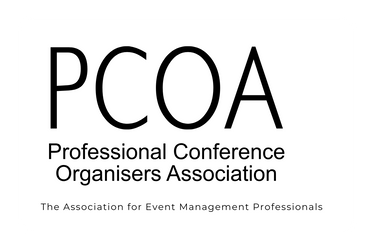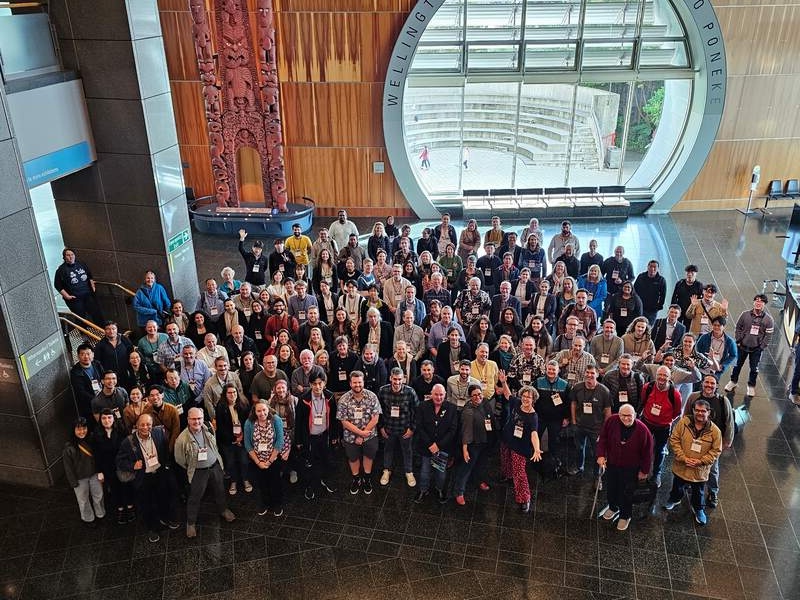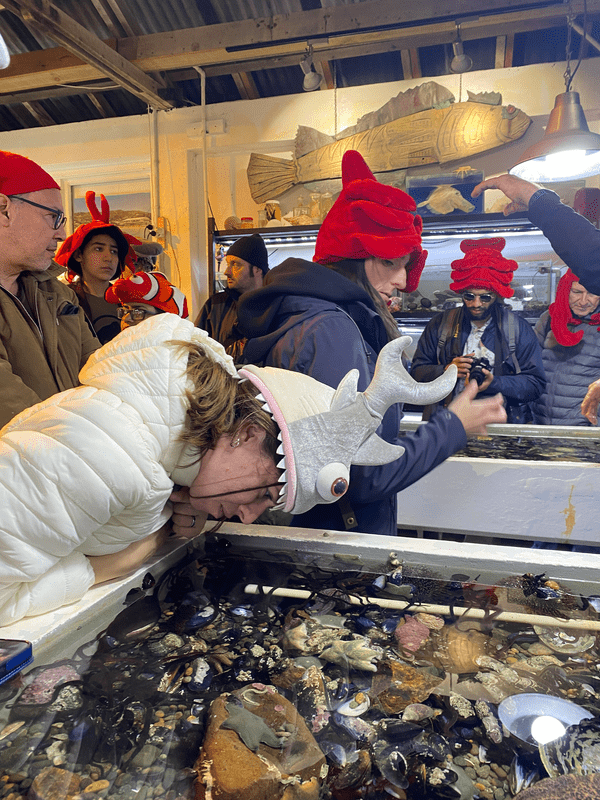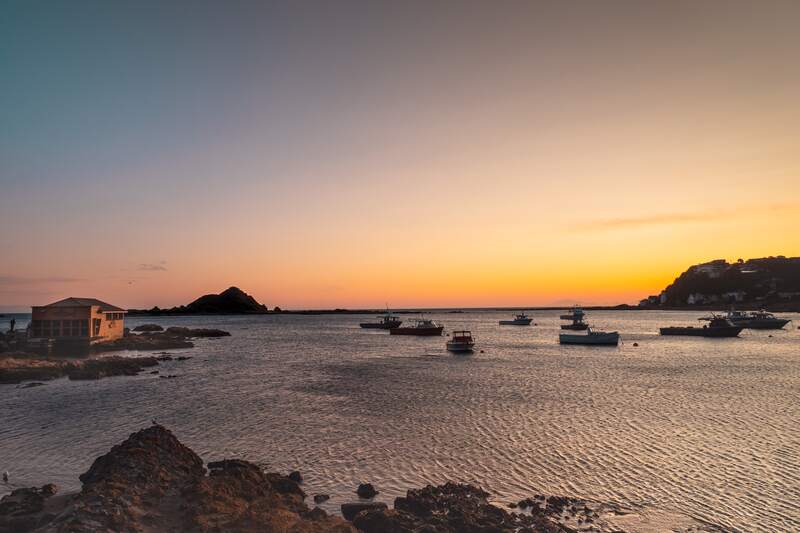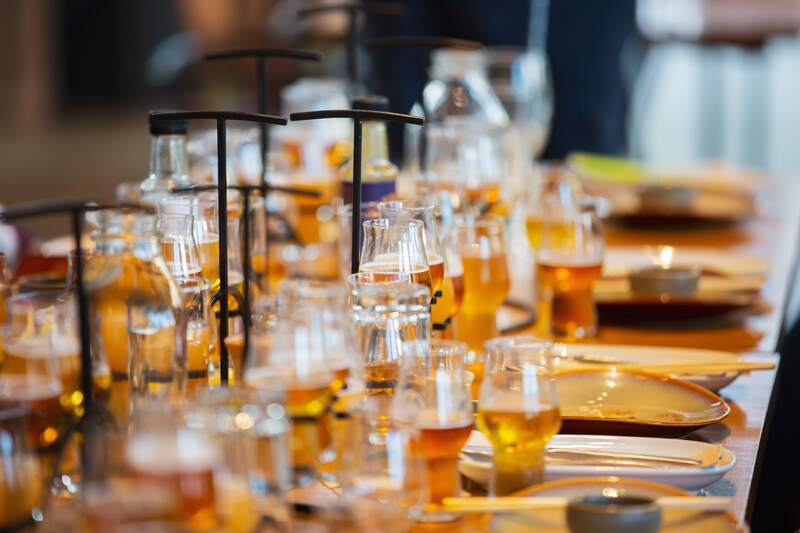Wellington ideal destination for crustacean experts
Case study for BEW on the International Crustacean Congress in May 2023.
A group of experts who study hard-shelled aquatic creatures have found Wellington the ideal place to delve a little deeper.
The 10th International Crustacean Congress held at Museum of New Zealand Te Papa Tongarewa attracted carcinologists from 24 countries.
Carcinologists study the world of crustacea, which are a group of arthropods that include lobster, crayfish, shrimp, and krill.
Organised by Conferences & Events Ltd, it’s the first time the congress was held in New Zealand.
Seasoned conference manager Kerry South chose Wellington as the destination for a reason.
“With the combination of Te Papa and NIWA, both with crustacea collections, this was at the top of the list when it came to picking Wellington as the destination,” says Kerry.
Local experts add Wellington flavour
In fact, NIWA marine biologists and New Zealand’s only active carcinologists Rachael Peart and Kareen Schnabel were instrumental in bringing the congress to Wellington and played their part in featuring ‘local’.
“This was Aotearoa New Zealand’s very first international crustacean meeting — and they have been going since the 1960s — so this was our opportunity to put our little corner of the map onto people’s radars and showcase our beautiful part of the world,” says Kareen.
Te Papa and NIWA have their very own crustacean collections with more than 10,000 specimens. On one of the exploration days, some lucky guests even got to visit the back-of-house humanities collections with Te Papa staff. NIWA also conducted tours.
The congress also coincided with a special ‘clever crustaceans’ exhibition at Te Papa.
“When delegates weren’t in session many of them were straight into the museum which was as much a highlight for some as the congress itself,” says Kerry.
The congress featured three keynote speakers, a total of 142 talks, two workshops and 11 symposia on all aspects of crustacean biology.
Delegates impressed with compact capital
Being a conference venue and museum, Te Papa’s dual nature, the proximity to accommodation and the capital’s walkability have left a lasting impression on delegates.
“With a beautiful waterfront full of places to walk and spaces to see, guests could easily navigate once in the CBD and stay nearby to the venue,” says Kerry.
“There are excellent places to eat and coffee shops on every corner, giving plenty of options to satisfy everyone’s palate.
“And it’s only a short distance from the airport with affordable transport options. Delegates even got out and enjoyed some fresh air on the Flamingo scooters thanks to a voucher for free time.”
Visitors enjoy the Wellington experience
Shed22 adjacent to Te Papa made it easy for organisers to plan an informal meet and greet before the congress itself began. It allowed delegates to reconnect and chat over food.
A short drive to the south coast also gave participants a chance to visit the Island Bay Marine Education Centre, the historic Island Bay Bait Shed, and the habitat-based exhibit of local marine life. They then enjoyed walks along the south coast to the Taputeranga Marine Reserve.
Some delegates stayed on after the congress to take part in an add-on workshop led by NIWA.
Craft brewers embrace crustaceans
Visiting carcinologists got to experience first-hand why Wellington is New Zealand’s craft beer capital through a fun pairing of local beer inspired by crustacea.
Conference organisers and Beervana joined forces to encourage local breweries to create ‘cray-zy’ crustacean-inspired beers. Voted by the public and carcinologists alike, the overall winner Fork And Brewer is now waiting on the formal naming of its crustacean creation.
Delegates talk up Wellington
It’s no surprise that delegates have since recommended Wellington to their colleagues as a destination for conferences, events, and experiences.
“The congress was an excellent opportunity to get to know the city’s highlights, the small spots of native bush used by local people, the national museum, wildlife reserves like Zealandia Te Māra a Tāne, the waterfront, architecture, and local bars, restaurants, cafés and pubs,” says one delegate.
Another participant visiting New Zealand for the first time said: “It’s a beautiful country, with nature in its full glory. The conference was well-organised, talks were engaging, all meals served were of high quality, and the setting (in Te Papa) was fantastic.”
While the international event changes countries each year and won’t return here in 2024, conference organisers will re-look at Wellington when it’s New Zealand’s turn again.
“Wellington is a great location. It’s also easy to get to from the rest of New Zealand and has international connections,” says Kerry.
“And it’s a good jumping-off point for those travelling to other parts of New Zealand before or after.”
Tourism NZ are a PCOA business partner
